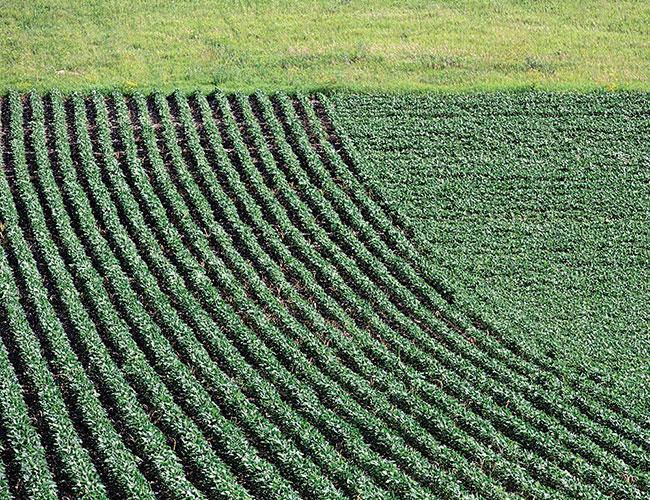US farmers caught in trade war with China
ILLINOIS

Terry Davidson expects to be farming long after the U.S.-China trade tariffs that took effect on July 6 become a distant memory.
The Illinois soybean grower is more optimistic than others that things will work out, but many farmers in the Midwestern farm belt are not so sure, following the opening salvos in a trade war.
All are caught in the middle, after Washington on July 6 imposed 25-percent duties on $34 billion worth of Chinese machinery, electronics and high-tech gear.
Beijing had already said soybeans would be among U.S. products it would retaliate against, and fought back dollar for dollar immediately after the U.S. tariffs took effect in line with President Donald Trump’s repeated criticisms of China’s economic practices.
“We’ve survived since the 1800s and we’re still going,” said Davidson, 41, a fifth-generation farmer and a Democrat among mostly Republicans. “So, I think we’ll keep going.”
In the meantime, he is unsure how the tariffs will affect the prices he can command for his crop when harvest time comes in a few months.
“Other countries are trying to stock up on U.S. soybeans. They’re taking the place of what China has done to us,” Davidson told AFP, striking a note of cautious optimism at his farm outside Harvard, Illinois, a two-hour drive and a world away from Chicago.
But other farmers - and the interest groups that represent them - are sounding the alarm.
Soybean growers are especially concerned. They sell most of their crops overseas, and China is their biggest and fastest-growing market.
While many farmers support Trump’s stated efforts to negotiate better trade deals, many are unsure tariffs are the best approach and fear the economic damage they could cause.
Illinois is the nation’s top soybean producer and home to about 43,000 farmers who grow the crop.
Soybeans, they say, are relatively cheap to grow and are in demand overseas, helping farms stay profitable even through the boom-and-bust cycles inherent in agriculture.
The crop is easy to spot in Harvard, covering kilometers of land, including on Davidson’s family farm.
Half of his land is set aside for soybeans, the other half for corn. The thick rows of soybeans Davidson walks through are already one meter tall, with broad leaves hiding the small bean pods. He plans to harvest in early autumn.
Because he has no storage facility, he will have to sell the crop immediately after harvesting and accept whatever price he can get.
“I’ve never heard of a tariff on soybeans before by one of our biggest buyers in China,” said Davidson, his hair bleached almost white by hours spent under the blazing sun.
















